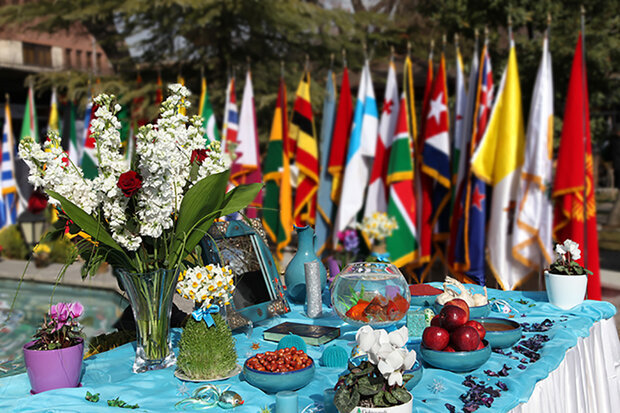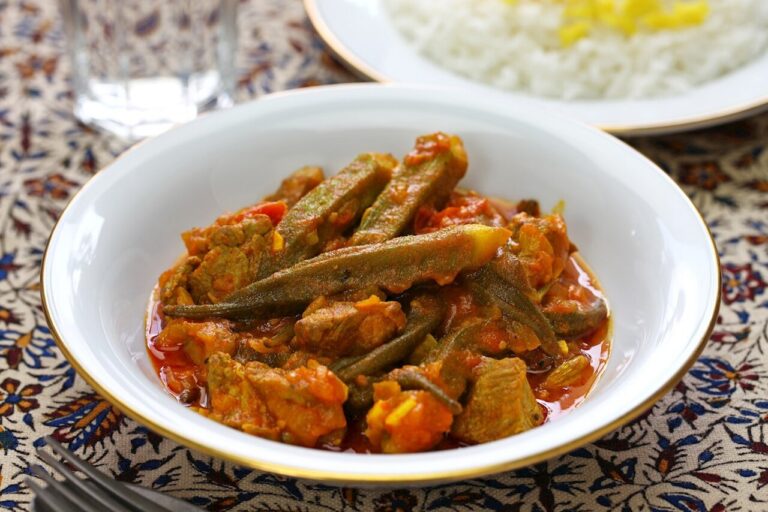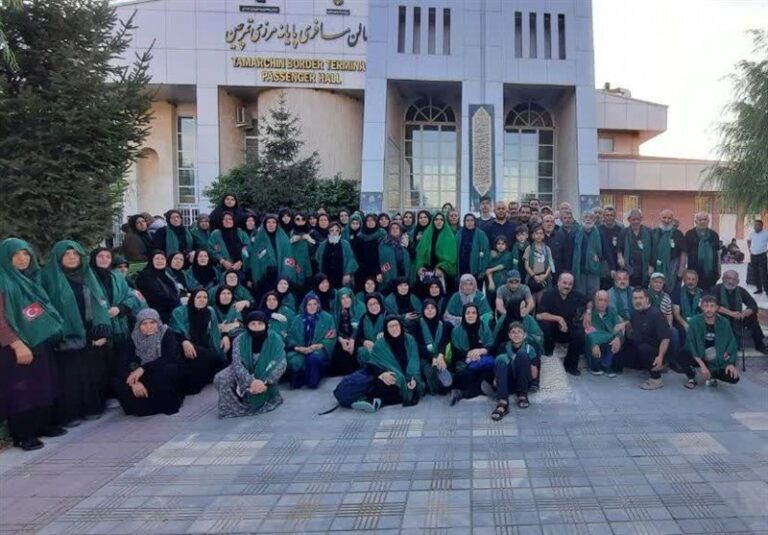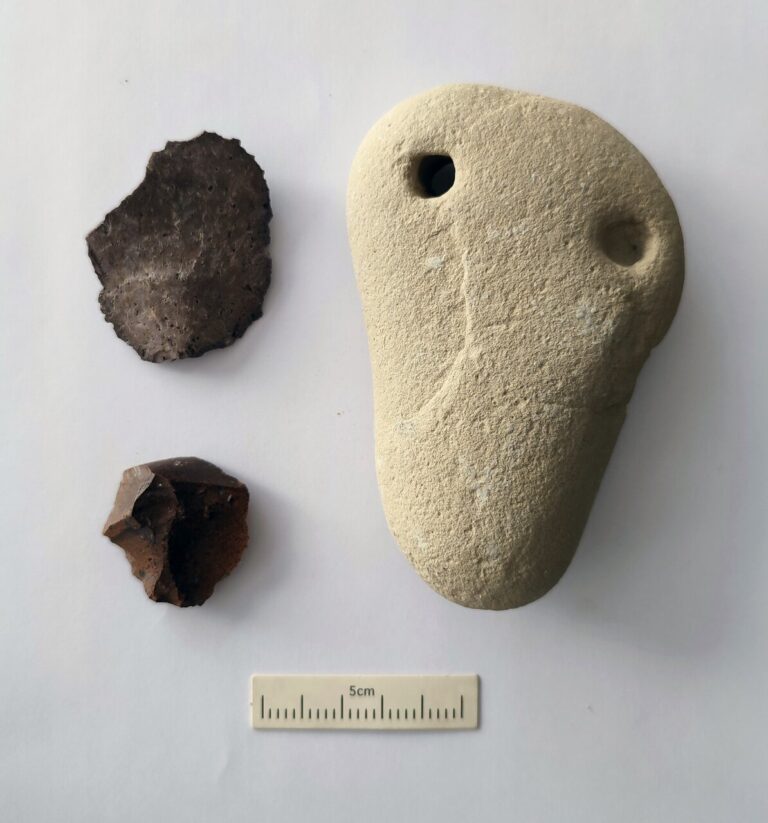
Similar Posts

Discover the Anahita Temple: Iran’s Hidden Archaeological Gem
Anahita Temple, the second most iconic stone structure in Iran after Persepolis, embodies ancient architectural brilliance and is dedicated to the Persian goddess of water, Anahita. Constructed across several historical periods, including the Achaemenid, Parthian, and Sassanid eras, it features a unique foursquare design using dry stone construction. The temple’s intricately carved exterior and impressive water management system highlight the engineering skills of its time. Anahita Temple not only serves as a vital cultural site but also contributes to local tourism and the economy. A visit offers insights into the rich heritage of ancient Persia and its significance in Persian rituals.

Tehran Welcomes the 5th International Nowruz Diplomacy Conference: A Celebration of Culture and Cooperation
Tehran will host the Fifth International Conference on Nowruz Diplomacy and the Nowruz Trophy on March 8 at the Niavaran Cultural-Historical Center. Organized by the Nowruz Trophy Cultural Institute, the event celebrates Nowruz, an ancient festivity recognized by UNESCO that symbolizes renewal and unity across various cultures. The conference will feature panel discussions, music performances, and a theater production, culminating in the prestigious Nowruz Trophy presentation. Open to the public, the event aims to promote peace and cultural heritage associated with Nowruz, celebrated along the Silk Roads. Iran’s tourism minister emphasized its significance in fostering regional stability and cultural identity.

Chahar Bagh Cultural Night: A Vibrant Celebration of Isfahan’s Champs-Élysées
Isfahan’s Chahar Bagh Boulevard recently hosted “Shab-e Chahar Bagh,” celebrating its cultural significance as the city’s iconic avenue. Attendees, including architects and authors, discussed its historical transformations. Architect Morteza Bekhradi expressed sorrow over the boulevard’s decline, reminiscing about its vibrant teahouses. Author Mehrdad Khorsandi highlighted Chahar Bagh’s role in Iran’s water management history, urging storytelling about its past. Ali Khodai reflected on its rich social life, describing it as a microcosm of Isfahan. The event featured a documentary, emphasizing Chahar Bagh’s importance to the city’s identity and the need to balance modern development with heritage preservation.

Iran’s Khoresh Bamieh Named One of the World’s 100 Least-Loved Dishes by TasteAtlas
Khoresh Bamieh, a traditional Iranian stew, has controversially been ranked 50th in TasteAtlas’ “100 Worst Rated Foods in the World.” This ranking has sparked discussions within the Iranian culinary community about global perceptions of cuisine. Khoresh Bamieh, made with ingredients like beef or lamb, okra, and spices, is a beloved dish typically served with rice. Despite its low ranking, it remains a cherished part of Iranian culture, symbolizing rich culinary heritage. The situation highlights the disconnect between regional appreciation and international tastes, prompting dialogue on the importance of cultural recognition in global cuisine.

Surge in Foreign Pilgrims Journeying to Iraq Through Iran: A Rising Spiritual Migration
Recently, there has been a significant increase in Turkish, Azerbaijani, and Georgian pilgrims traveling through Iran to participate in the Arbaeen pilgrimage in Iraq. Over 6,000 pilgrims entered Iran via the Bazargan border crossing, with a single-day record of 2,401 arrivals. The pilgrimage, commemorating the martyrdom of Imam Hussein (AS), is the largest religious gathering globally, drawing millions. Factors for the surge include improved transportation, heightened awareness, and eased travel restrictions. Local communities are preparing to support the influx with accommodations, food, and transportation. This year’s diverse participation enhances the sense of unity and shared values among Muslims worldwide.

Ancient Maritime Mysteries: Archaeologists Discover Evidence of Early Seafaring in Southern Iran
Excavations at Iran’s Kopal archaeological site have revealed artifacts that may enhance understanding of early maritime practices. Among the findings is a modified flat pebble, potentially a fishing weight or small anchor, discovered alongside Paleolithic stone flakes. Head of the excavation team Mortaza Hessari noted the importance of these artifacts in exploring the timeline of coastal communities using marine resources, while also cautioning that further analysis is needed due to differing weathering patterns. The site, which also contains 4th-millennium BC pottery, indicates long-term coastal habitation. Ongoing research may reshape perspectives on ancient maritime cultures along the Makran coast.